Dahlia flower Profile
Written by admin
Oct 28 2021
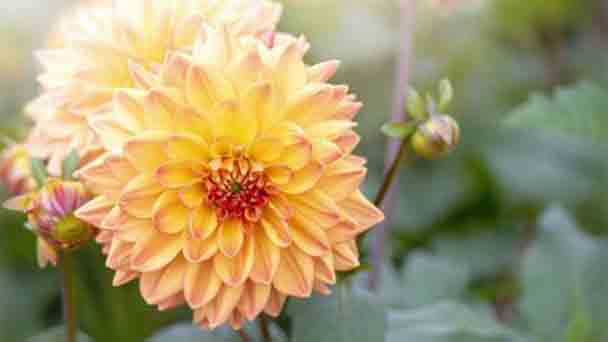
Dahlia flower is a perennial herb with huge stick-shaped roots. Its stem is erect, multi-branched, 1.5-2 meters high, and strong. Dahlia is native to Mexico. Mexicans regard it as a symbol of generosity and splendor, so they respect it as the national flower.
Dahlia flower morphological characteristicsDahlia flower efficacy and roleDahlia flower growth habit and growing environment and distributionIlluminationTemperatureMoistureSoilDahlia flower cultivationSplit root propagationCutting propagationSeed propagation
It is planted in most countries in the world, and new varieties have appeared from time to time. According to statistics, there are more than 30,000 species of dahlia, which is one of the most diverse species of flowers in the world. Dahlia flower is one of the most famous flowers in the world. It can also promote blood circulation and dissipate blood stasis. Dahlia flower has a certain medicinal value.
Dahlia flower morphological characteristics
Dahlia flowers are perennial herbs with huge rod-shaped roots. The stem is upright, multi-branched, 1.5-2 meters high and strong. The leaves of the dahlia flower are 1-3 pinnately lobed, the upper leaves are sometimes not divided, and the lobes are ovate or oblong-ovate, the bottom is gray-green, and both sides are hairless.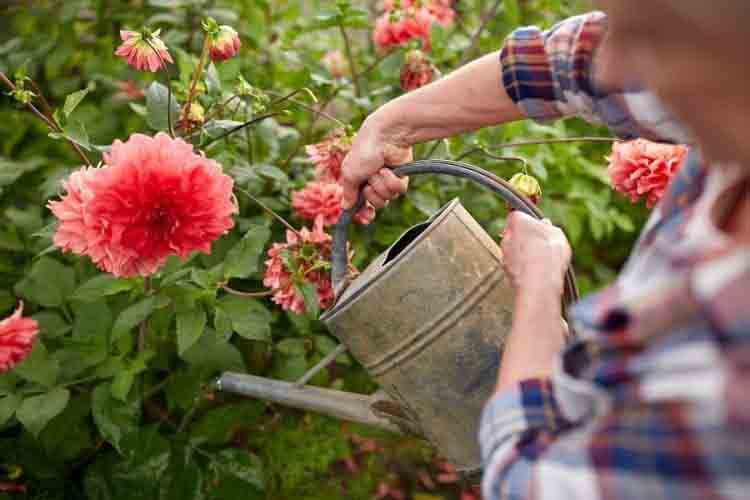
The achenes of this plant are oblong, 9-12 mm long and 3-4 mm wide, black, flat, and have 2 inconspicuous teeth. The flowering period of dahlia flowers is generally from June to December, and the fruit period is from September to October.
Dahlia flower efficacy and role
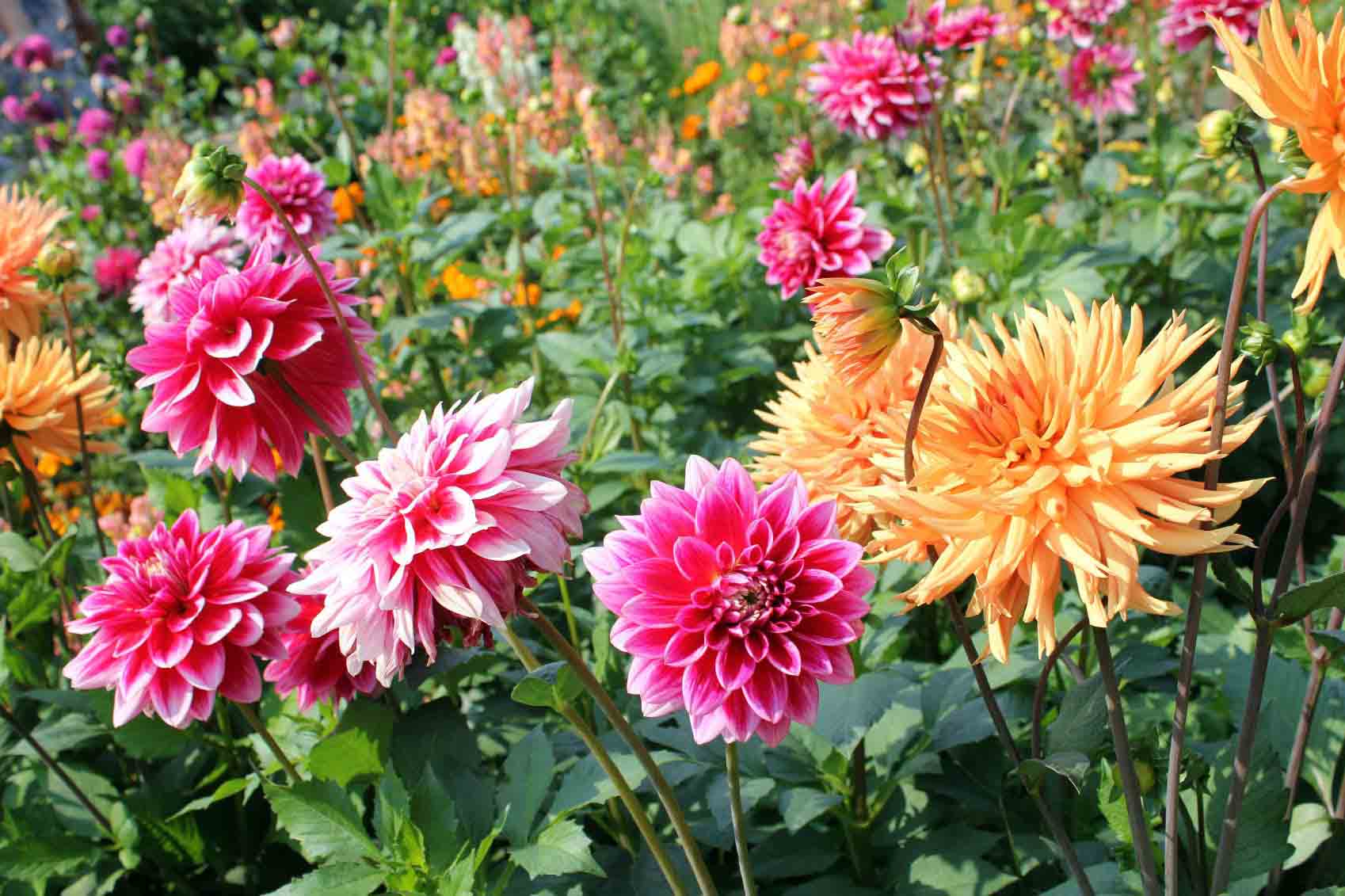
Therefore, dahlia flowers are suitable for planting in flower beds, flower paths or in front of the court, and dwarf varieties can be used as pot plants.
Dahlia flower growth habit and growing environment and distribution
Illumination
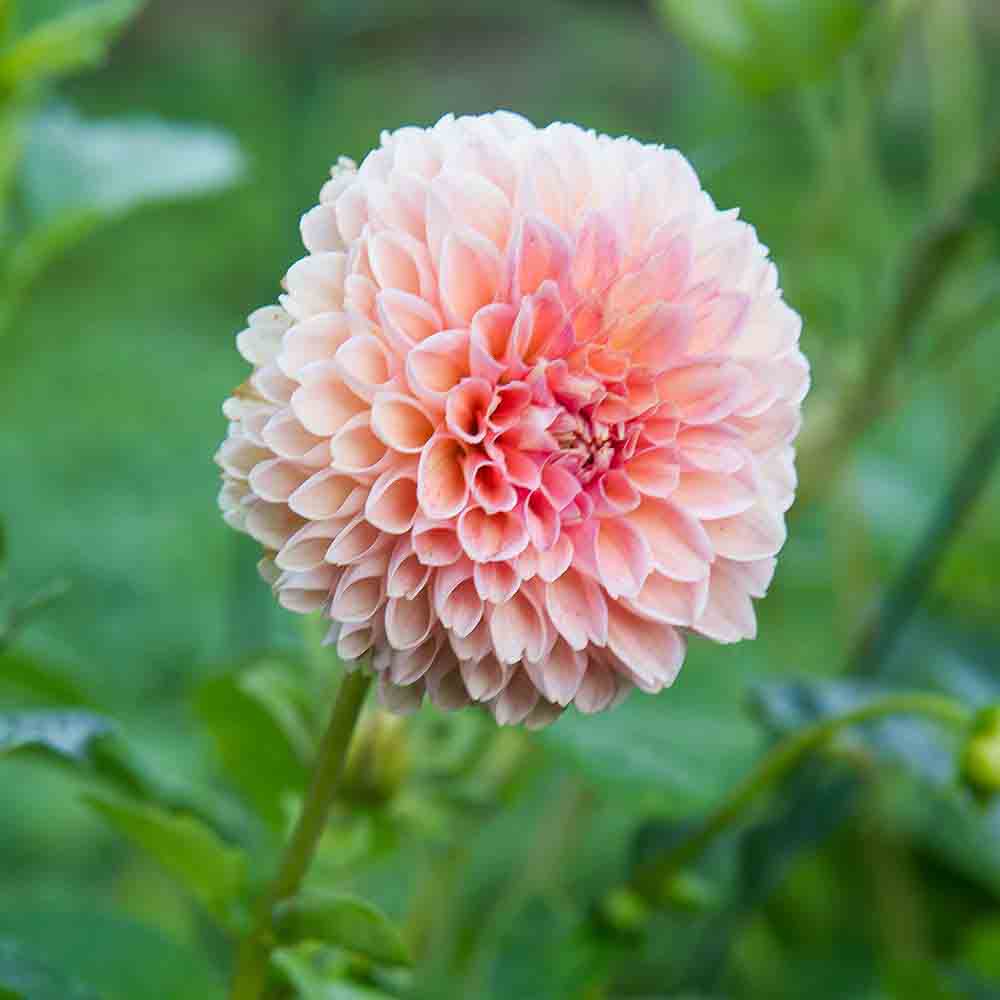
Temperature
Dahlia flowers like a cool climate. They bloom in late September, the largest, most colorful, and most prosperous, but they are not tolerant to frost. The stems and leaves wither immediately after frost. During the growth period, the temperature requirements are not strict, 8~35℃ can grow, 15~25℃ is appropriate.Moisture
Dahlia flowers are not tolerant of drought and waterlogging. Generally, potted plants should be watered if the soil is dry so that they can see dryness; they can be drained on rainy days (ground plants do not need to be watered frequently).Soil
Dahlia flowers are suitable for cultivation infertile sandy soil with loose soil and good drainage.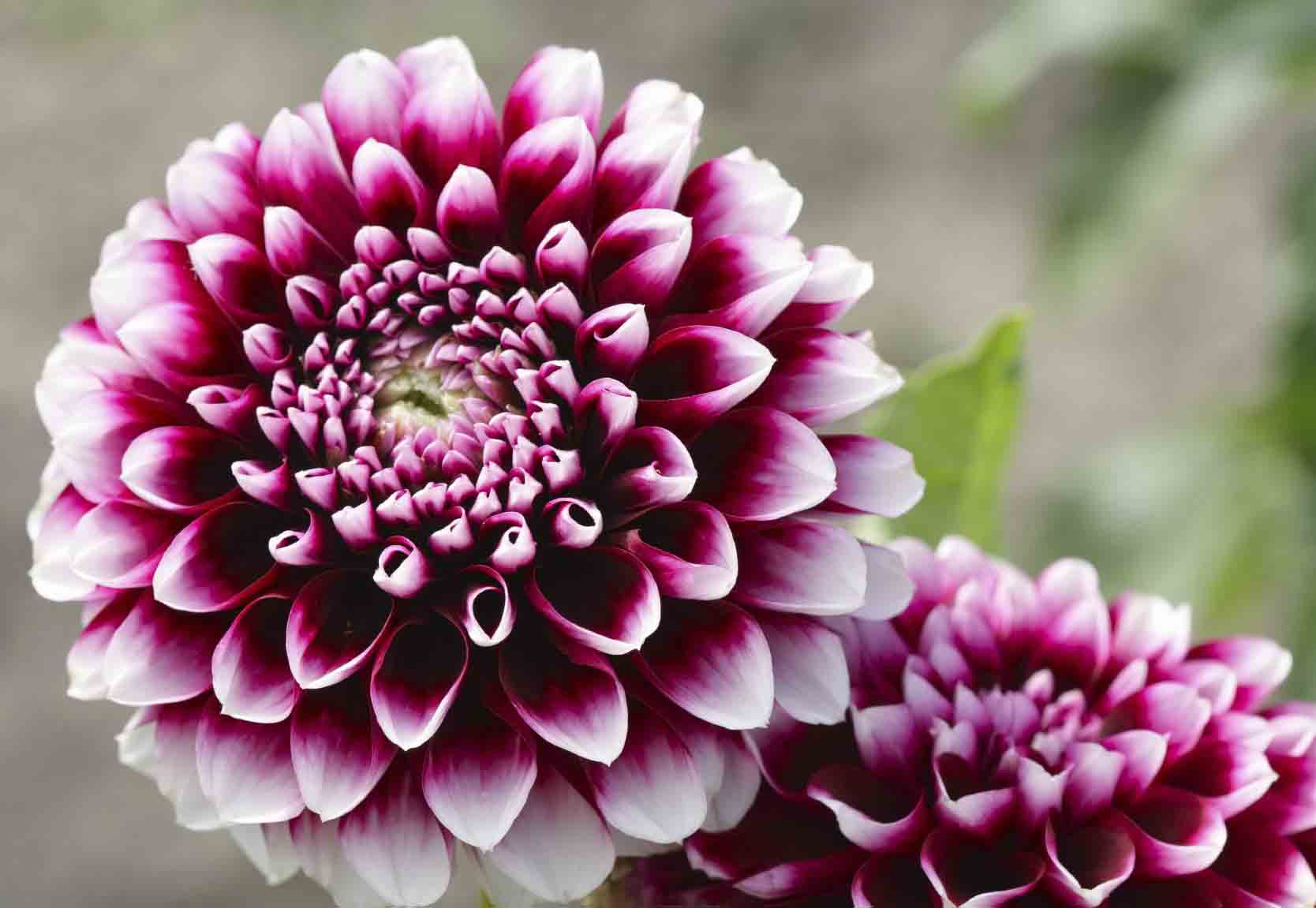
Dahlia flower cultivation
Root separation and cutting propagation are the main methods for the propagation of dahlia flowers. Dahlia flowers can also be bred by seed propagation.Split root propagation
From March to April in spring, the roots of the stored dahlia flowers are taken out, and each root and the buds attached to the root neck are cut and planted. Since dahlia flowers only have buds on the root neck, each root tuber that is divided must have a root neck with buds. Tubers without root necks or no buds on the root necks do not sprout and cannot be planted. If the sprouting point on the root neck is not obvious or easy to identify, you can germinate in early spring, arrange the root clumps at a relatively close distance in the hotbed, then it’s time to choke the soil, water, and give a certain temperature. Each dahlia flower has at least one bud. The ramet reproduction is simple and easy, the survival rate is high, the plant of the dahlia flower is strong, but the reproduction coefficient is not as high as the cutting method.Cutting propagation
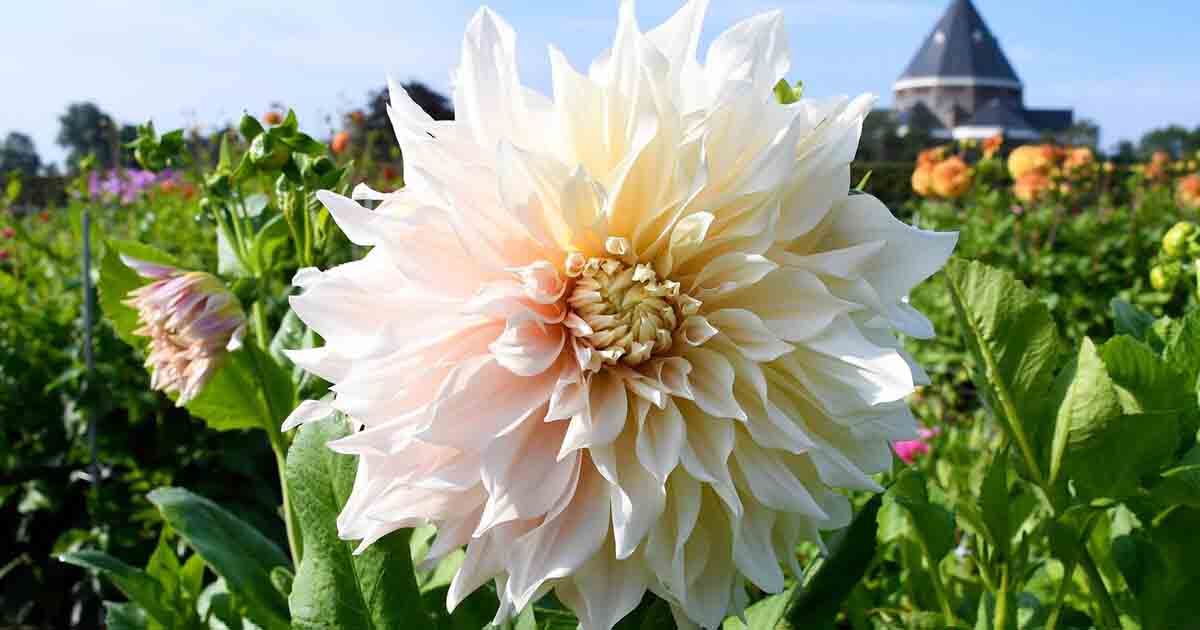
2. Cutting method: From June to August, the lateral buds of dahlia flowers grow to 15 to 20 cm. You could combine the lateral buds and cut them for sowing. Cuttings need 3 buds, leaving 2 buds on the upper part, cutting the 3rd bud to the base of the leaf to remove the leaves, inserting them deep into the soil and the second bud, watering it thoroughly and using a 50% shading net for double-layer shading. Water once in the morning and in the evening on a sunny day. Continuous watering for half a month, keep the soil moisture at 90%, take root after 3 weeks, and have a high survival rate, and it will bloom in autumn that year.
3. Post-cutting management: After the cuttings of dahlia flowers are alive, combine cultivating weeding, topdressing with compound fertilizer saturated leaching solution before and after flowering, and add 400ml mother liquor for extra-root topdressing for every back sprayer (about 12.5 kg). Dahlia peanuts should not be deeply cultivated after they are rooted to avoid damage to the roots and prevent weed damage. Because the plants are juicy and soft, they must be erected to prevent the stems and leaves from breaking. The dahlia flowers seedlings of small-flowered varieties are topped when the seedlings are 15 cm high, making the plants short and sturdy and blooming. When the flowers die, they can be removed in time to prolong the flowering period of the dahlia flowers.
Seed propagation
Seed reproduction occupies a large proportion of the cultivation of dahlia flowers and is suitable for varieties that are easy to bear. Generally, the dahlia flowers seeds harvested in autumn are sown between February and March of the following year at 15-20°C during the day and no lower than 12°C at night. The seedlings of the dahlia flowers reproduced from the seeds have vigorous vitality, healthy growth and development, and strong adaptability, and a large number of dahlia flowers can be obtained in a short time. But the flowers and fruits are slow. The flowering period is late, and the excellent characteristics of the female parent cannot be maintained, and there is degradation.Read Next:
Top 10 Most Beautiful Roses in the World
Top 10 Most Beautiful Flowers in the World
26 Best Autumn Flowers to Plant for Fall Color in Garden
Latest Updated
- Benefits of Bugleweed - 7 Science-backed Health Benefits
- Bugleweed Dangers & Side Effects - Is It Poisonous?
- How to Plant Evergreen Trees - What You Should Know
- When to Plant Evergreens - Grow Guide for Evergreen Trees
- 12 Wonderful Evergreen Shrubs for Your Garden
- 12 Popular Evergreen Plants with Pictures for Beginners
- When And How To Prune A Lilac Bush Like a Pro
- How to Grow & Care for Lilac Vine (Hardenbergia Violacea)
- Japanese Lilac Tree (Syringa Reticulata) Care & Propagation Guide
- Shumard Oak Pros and Cons - What to Know
Popular Articles
- Winter maintenance of Antirrhinum Majus
- How to Grow Terminalia Mantaly Tree
- How to Grow and Care for Crossostephium Chinense
- How to grow Antirrhinum Majus in spring
- Peristeria Elata (Dove Orchid) Profile: Info & Care Guide
- Underwatered Snake Plant (Sansevieria Trifasciata) - Signs And How To Fix
- How to Care for Brazilian Jasmine Plant (Mandevilla Sanderi)
- How to Grow & Care for Graptopetalum Purple Delight in Summer
- Rosa Chinensis (China Rose): Plant Growing & Care Tips
- How to Care for Baby Sun Rose (Aptenia Cordifolia)